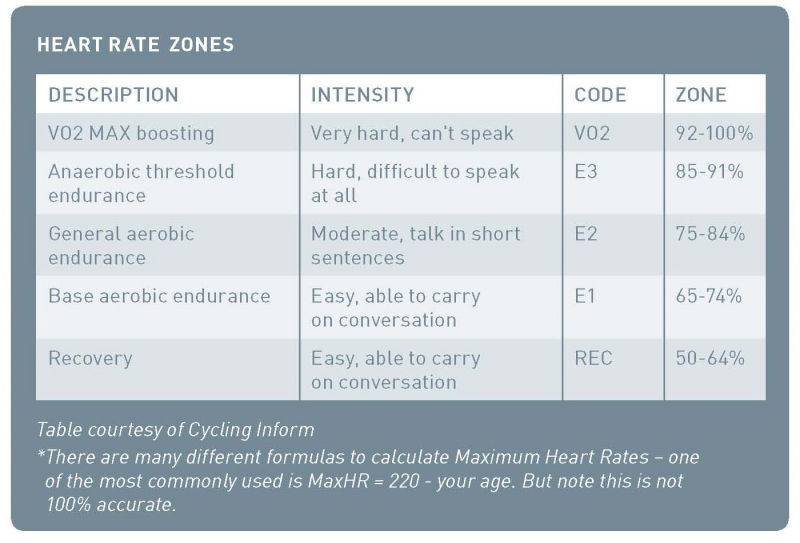Tips & Resources
Five steps to a successful winter training regime
1. Set a goal
Setting a goal to achieve on the bike is key to success. A great way to stay active over the cooler months is by registering for spring and summer events such as United Energy Around the Bay and the Great Vic Bike Ride. If you’re looking to test the legs, Peaks Challenge is also a great incentive to stay on track and maintain a solid training regime through winter. Check out what’s other events you can aim for to help keep you motivated.
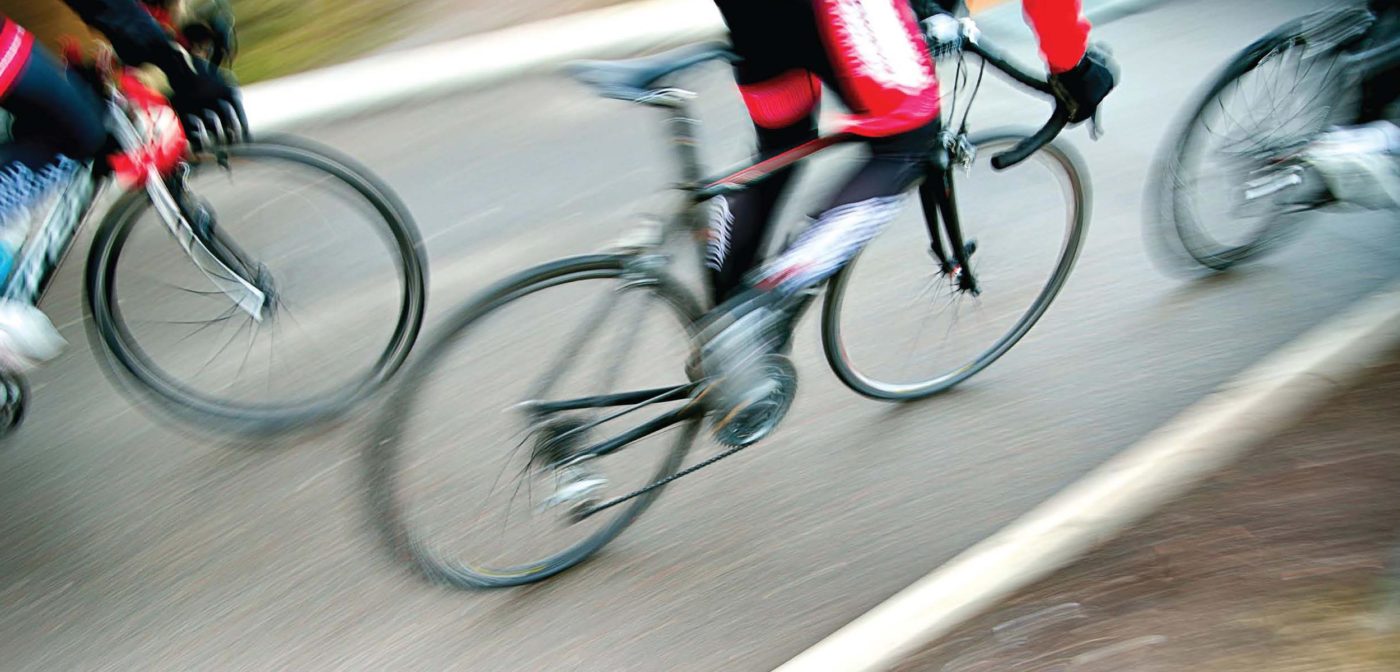
2. Base training
Base training helps you build your aerobic capacity, which will result in a huge difference in your fitness come spring. Generally base training is done at lower intensities to increase your heart rate but keep it well below your maximum** (E1 on the table below).
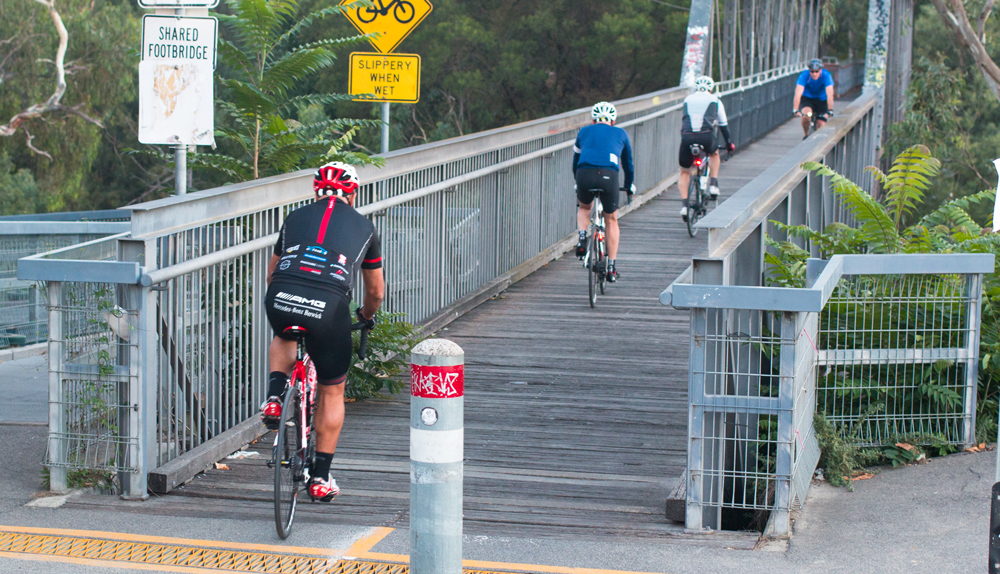
Commuting to work is great base training. If you are planning to take on a 200km+ event, consider riding between seven to ten hours a week during winter. If your ride to work is a reasonable distance (or you take an extended route) and commute four of the five days a week you’ll accumulate seven hours of riding by cycling just 1.75 hours each day. Anything you do on the weekend is a bonus to take you over and above your seven hours.
The key to base training is consistency. It’s much better to do regular, smaller rides through the week rather than just one big ride on the weekend. That’s why commuting is a great way to keep fit!
3. Interval training
Interval training builds on your base training and turns you from a slow plodder into a high-performance racing machine. But you have to be a bit careful with what intervals you do.
During winter you should focus on a ride or an indoor training session that includes three-to-six, two-to-five minute intervals getting close to your maximum heart rate zone (the E3). Completing one or two E3 sessions a week with an easy E1 ride (or a rest day) the day before and after each of these interval sessions is ideal.
Your aim is to build fitness not taper and peak. You taper and peak when you do really hard efforts in the VO2MAX Heart Rate Zone (between 92-100%).
Focus on the VO2MAX training when you get closer to your event so that you taper and peak at the right time. VO2MAX training builds on your base. So the better your base, the better the result you’ll get when you do start this higher intensity training. Some people try to short cut this by doing VO2MAX training too early in an effort to ‘crash’ their training. This does lift their fitness, however, if it’s built on a small base it’s a short term lift, and it doesn’t last (similar to the result you get from crash dieting).

Interval training can be done either on the road or a home trainer. Indoor training is a great way to supplement your on-road riding in poor weather and is very efficient for a few reasons. The most important being that it’s a focused session. On the trainer, you don’t stop for traffic lights or freewheel down hills. It’s also a great way to work on your pedalling technique.
4. Hills
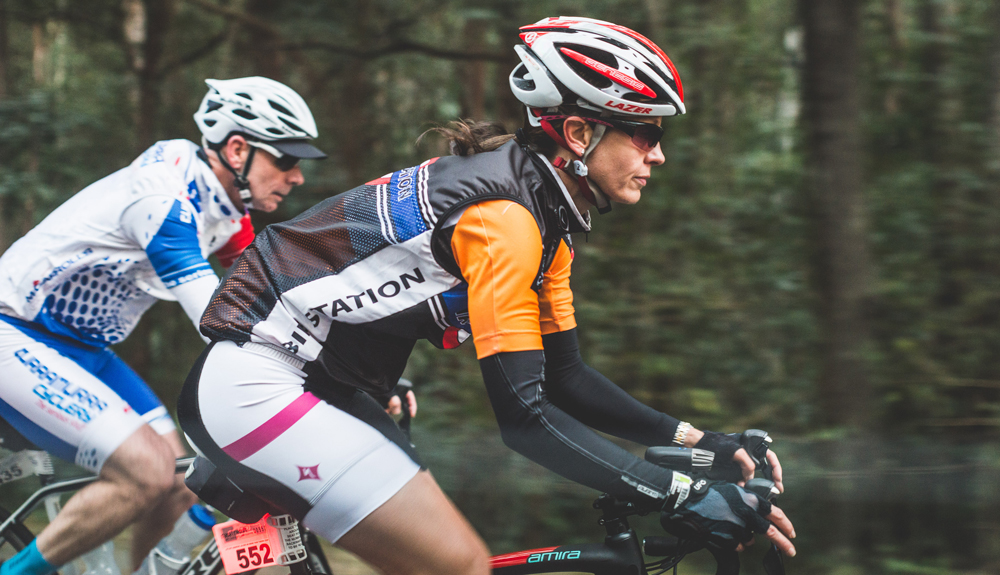
If you are training for Peaks Challenge, incorporating a minimum of 1,000 vertical metres of climbing a week into your training is essential. This could be done in a single ride or across several rides during the week. The gradient and length of the climb are not important – just the total amount of vertical meters.
As the weather improves, you can increase this. Do around 10-15% of this climbing in a gear or two harder that you would usually ride in while focusing on developing a good pedalling technique. This will help build strength that you’ll call on later in the season as you start ramping up your event training.
Finally, work on a four week training cycle. The first three weeks are for building or maintenance and the last week is for recovery. The building phase is where you gradually increase either the volume or intensity of your riding by no more than 10% a week. During the recovery week, you reduce both volume and intensity. This is important because the training load is the stimulus for developing fitness, but it’s when your body is resting and recovering that the actual adaptation happens.
5. Maintenance phase
If you aren’t riding any events during the winter, you should go into a ‘maintenance phase’. This means that once you are riding 7-10 hours a week you should hold it there for three weeks then have a lighter week on the fourth. You should continue this four week cycle all the way through to spring.
Weekends are often the best time for longer rides. If you complete your interval training during the week then weekend rides should be done mainly around the E1 Heart Rate Zone with a little training up in the E3 Heart Rate Zone.
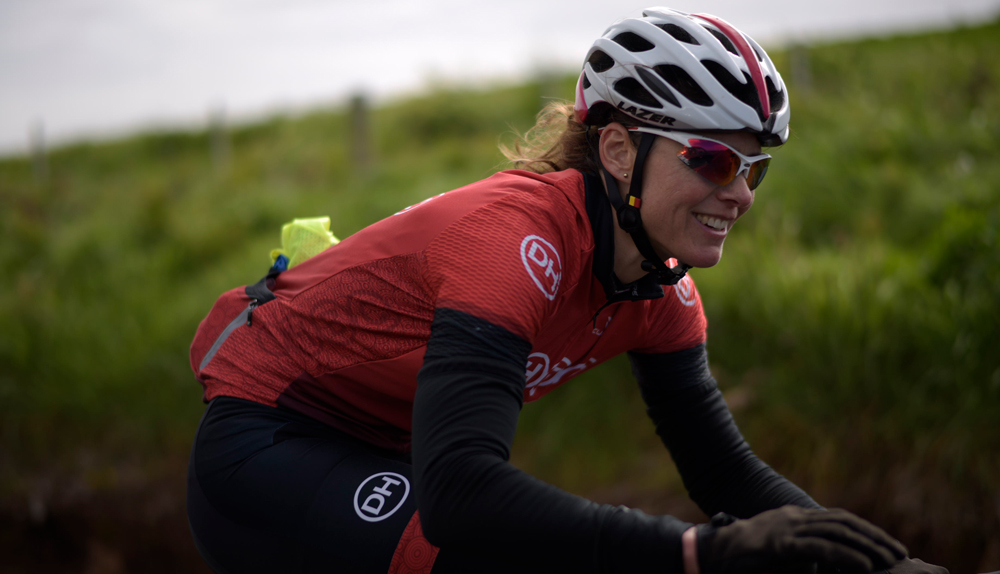
In a winter maintenance program, the sweet spot for longer rides is around two to three-and-a-half hours. Rides longer than this move towards the law of diminishing returns. That doesn’t mean that you can’t ride for longer than three-and-a-half hours. It just means that, during winter, your time could be better spent doing other things, such as catching up with family and friends.
Alternative training options
If the weather is really bad, investigate alternate activities that you can do on the weekend, such as swimming, running, walking, mountain biking or going to the local gym and doing a cross fit or indoor cycle training class. Winter is a great time to cross train so take full advantage of it and plan activities that get you out of the house so you can stay active and fit.
Hopefully this provides you with a little inspiration to keep you thinking about what you’ll do over the winter to stay fit and healthy.
The heart rate zones table is courtesy of David Heatley – full time cycle coach, director of Cycling-Inform
Become our friend
Find out more about Bicycle Network and support us in making it easier for people to ride bikes.


